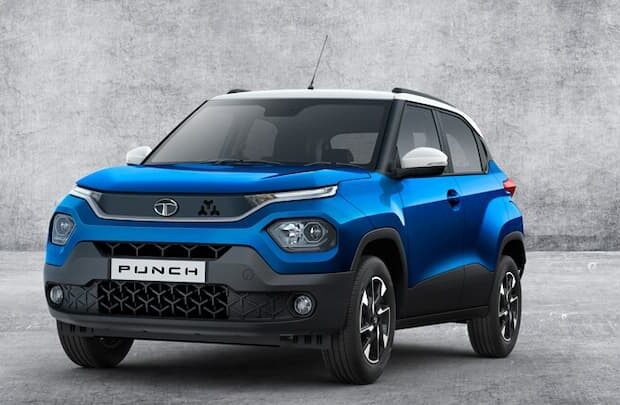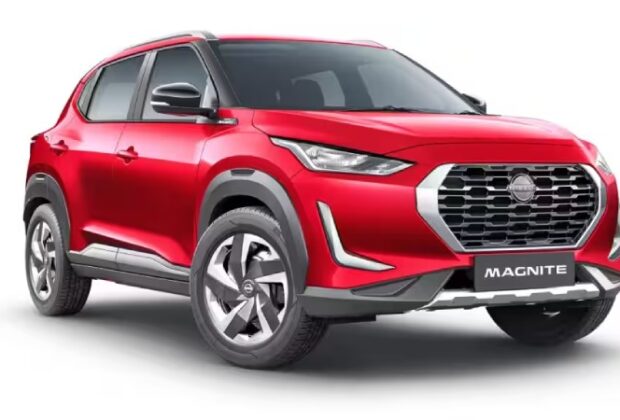In the final 13 seconds of Friday night’s Game 2 of the Western Conference playoffs, Dallas coach Jason Kidd called his finest play while the Mavericks were down two points.
“The play was to get Luka the ball and let Luka do what he does in those moments,” Kidd stated.
Doncic’s step-back three over four-time Defensive Player of the Year Rudy Gobert sealed a remarkable comeback from an 18-point hole and gave the Mavs a 109-108 victory and a 2-0 series lead against the Minnesota Timberwolves as the series moves to Dallas.
A few steps beyond the half-court line, Doncic received the inbounds pass and was set up for a screen by rookie center Dereck Lively II. According to ESPN Stats & Information, Gobert and Jaden McDaniels switched, something that Gobert had only done once in the 19 ball screens he had defended throughout the game. For the Mavs, seeing the 7-foot-1 Gobert isolated against the league’s top scorer forty feet from the hoop was a welcome surprise.
Mavs player Kyrie Irving stated, “It was just time to get ready for the magic to happen.”
Doncic advanced to the top of the 3-point arc while dribbling. He moved from left to right, forcing Gobert to commit a bit too much, then dribbled between his legs in the opposite direction before taking a quick step in the direction of the hoop to put the big man for the Wolves on his heels. Then, instead of taking his usual step to his left to execute his signature shot, Doncic took a step back toward his right and dribbled over Gobert’s extended right arm.
There were 3.0 seconds left when the ball shattered through the net.
Doncic stated, “I just saw some space and decided to shoot a 3,” following the Mavs’ third-largest comeback in team playoff history. “Get to my spot, step back. That’s it.”
Doncic’s game-winning 3-pointer in the last five seconds of a playoff game was his second in his career. During the play-by-play era, which spanned from 1997 to 1998, he joined LeBron James, Damian Lillard, Reggie Miller, and Robert Horry as the only players who can make that claim. Game 4 of Doncic’s first NBA playoff series during the 2020 bubble saw him make a step-back three at the buzzer, going left from his go-to place on the left wing.
Kidd remarked, “As you’ve seen, he loves that stage.” “He doesn’t run from it. He made a big shot. … Luka is special. He loves those type of moments.”
Irving continued, “He’s prepared for these moments, and he’s built for these moments. So things like that happen. I’m not surprised, but as a brother, I’m just nothing short of proud. He took us home tonight, man.”
As the Target Center audience became silent, Doncic toasted the occasion by yelling disparaging remarks about Gobert. It took little effort to read his lips.
“You can’t f—ing guard me!” Even if he mockingly denied it after the game, Doncic obviously yelled at times.
Doncic denied saying anything like that. “I was speaking Slovenian.”
Although Gobert claimed not to have seen or heard Doncic yelling at him, he was unsurprised by the message.
Goberta remarked, “He says that every game, so nothing new.”
Like his game-winning shot, Doncic’s point was amply supported by their past. Second Spectrum reports that during his career, Doncic is 8 of 11 when making 3-pointers with Gobert as the nearest defender. This includes going 4-for-5 in postseason play, going all the way back to the Mavs’ 2022 playoff series opener against the Utah Jazz, which turned out to be Gobert’s last series with his original team.
In this case, Gobert was able to get what could be regarded as a respectable contest in spite of Doncic’s impressive ballhandling display and numerous direction changes.
Gobert stated, “It is for a regular NBA player.” “For Luka, it wasn’t good enough.”
In the last seconds of the game, Minnesota had a chance to win. Right winger Naz Reid, the Sixth Man of the Year, missed his 3-point shot from the field after it bounced off the back iron. Reid led Minnesota with 23 points. In the contest, he had connected on seven of his previous eight 3-point tries.
Doncic stated, “I almost passed out.” “That was looking too good.”
Once more, the two All-Stars for the Wolves, Anthony Edwards and Karl-Anthony Towns, had poor nights. Together, they only scored 36 points on 9 of 33 shots. In the fourth quarter, Edwards also made two costly mistakes: he threw the ball out of bounds on the possession right before Doncic’s game-winning basket, which came about because Lively switched onto Edwards in an isolation play to keep him from making a jumper.
Despite having 16 points, 10 rebounds, 2 steals, and a block, Gobert held himself responsible for the defeat at home.
Gobert remarked, “On that last play, I let my team down.” “They believed in me to get a stop and he scored. And he scored a 3, which is something that he does very well. So, I’m definitely taking that responsibility that I need to be better in that situation.”
Edwards, on the other hand, voiced optimism that the Wolves may rally to win the series. He cited their tenacity in the previous round, when they overcame three straight losses to defeat the Denver Nuggets, the defending champion, in seven games.
The West finals began with two home losses for Edwards, who averaged 20 points on 33.3% shooting. “We was up 2-0, then they came and won two at the crib and then won one at the crib,” Edwards recalled. “So we’ve been here before. I don’t think anybody in the locker room is panicking. I hope not. Just come out and play our brand of basketball.”
Dallas prevailed in Game 2 despite challenging circumstances. Since the middle of the first round, Doncic has been playing with an injured right knee. On Friday night, during his breaks in the last minutes of the first and third quarters, he went to the locker room to receive treatment. Midway in the third quarter, Dallas was still trailing by double digits and had to work its way back from an 18-point deficit.
“Like I always say, stay together, positive energy,” stated Doncic. “We believed until the end.”
Read Full Article










